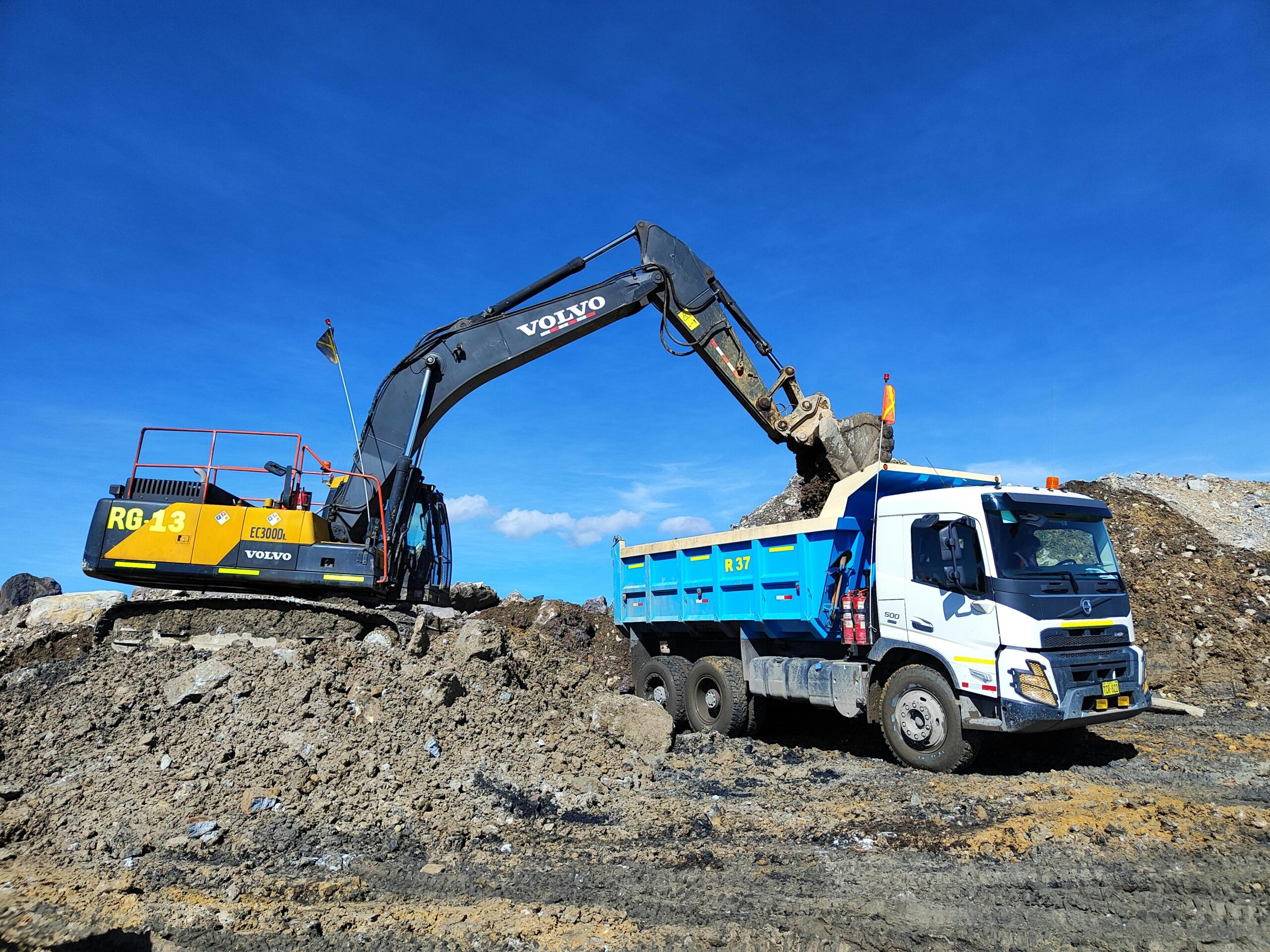Volvo’s Strategic Revamp: 70% Stake in SDLG Sold to Refocus on Premium Market
Volvo has officially sold 70% of its ownership in SDLG (Shandong Lingong Construction Machinery Co.) to Lingong Group, its long-time Chinese joint venture partner. This is a major restructuring step for Volvo, which is making this decision as part of its ongoing strategy overhaul. The company aims to improve its position in China and focus more on high-end construction equipment.

A Longstanding Partnership Comes to a Close
Volvo first entered into a partnership with SDLG in 2006, purchasing a majority stake to expand within China—the world’s largest construction equipment market. SDLG’s reputation for reliable and cost-effective machinery helped Volvo tap into a broader customer base, particularly in the mid-tier segment.
Over the years, the collaboration proved beneficial. SDLG gained access to Volvo’s technological expertise, while Volvo leveraged SDLG’s strong distribution network and brand familiarity among Chinese buyers. However, as market dynamics evolved and local competition intensified, the alignment between the two brands began to diverge.
According to the official statement from the Volvo Group, the decision to divest was driven by a need to streamline operations and focus on strategic priorities that align more closely with Volvo’s long-term global ambitions.
Details of the Transaction
The deal, valued at approximately 8 billion SEK (around USD 833 million), will see Volvo transfer its 70% holding in SDLG to a Chinese fund controlled by Lingong Group. Subject to customary regulatory approvals, the transaction is expected to close in the second half of 2025.
While Volvo will record a one-time operating income of about 1 billion SEK from the deal, the company also anticipates a tax impact of approximately 1.6 billion SEK. Despite the financial complexities, Volvo appears confident that the long-term gains in focus and agility outweigh any short-term costs.
Refocusing on Premium and Profitable Segments
This divestment is not a withdrawal from the Chinese market but a realignment. Volvo aims to concentrate its efforts on high-margin, premium segments, including mining, quarrying, and heavy infrastructure sectors, where the Volvo brand has traditionally held strong appeal and innovation is a critical differentiator.
Volvo’s strategic revamp involves leveraging its core competencies in electrification, automation, and digital services. This focus is more compatible with its premium product lines than SDLG’s more cost-conscious portfolio. Volvo prefers depth over breadth, prioritising value-driven innovation over sheer market coverage.
As part of this transformation, Volvo will continue production at its Shanghai facility and retain its Jinan Technology Centre, which is vital in research and development across its global operations.
What This Means for SDLG
SDLG’s shift in ownership could open up new ways for the company to grow independently. SDLG is now entirely owned by China, which may help it respond more quickly to the needs of the home market by tailoring its products without having to obey the rules of a worldwide brand.

Analysts in the industry think that SDLG will continue to do well in China’s equipment sector, where price sensitivity is still a big deal. SDLG can follow Volvo’s roadmap for high-end products and develop new products specifically designed for local users.
Industry Context and Strategic Implications
This deal is part of a bigger change in the sector. Many construction equipment companies worldwide are changing their plans because of more local production, rapid technological changes, and increased pressure to achieve sustainability goals.
Volvo’s move aligns with this trend. The company has consistently positioned itself at the forefront of green construction technology. From autonomous haulers to fully electric compact excavators, Volvo continues to lead the push for more sustainable and intelligent construction solutions.
By selling its stake in SDLG, Volvo is signaling its commitment to becoming a leaner, more agile player in the premium market. This strategy bets on quality, digitalization, and long-term value over short-term volume.
As highlighted in ForConstructionPros, this kind of strategic change is becoming more typical among original equipment manufacturers as they deal with changes in the global supply chain and rising demand for environmentally beneficial building infrastructure.
What’s Next?
The industry will closely monitor the future developments between Volvo and SDLG. Volvo’s biggest problem is sticking to its goal of making high-end vehicles while also meeting the needs of its customers all around the world as they change. SDLG can only be successful if it can come up with fresh concepts and compete in a crowded, fast-paced business without its former global partner.
Stay Updated on Industry Trends
Volvo’s strategic revamp is just one example of the rapidly evolving construction equipment landscape. From divestments and tech innovations to sustainability and innovative infrastructure, change is constant, and staying informed is key.
For more profound insights, expert analysis, and up-to-date news from the African and global construction industries, visit constructionfrontier.com.





